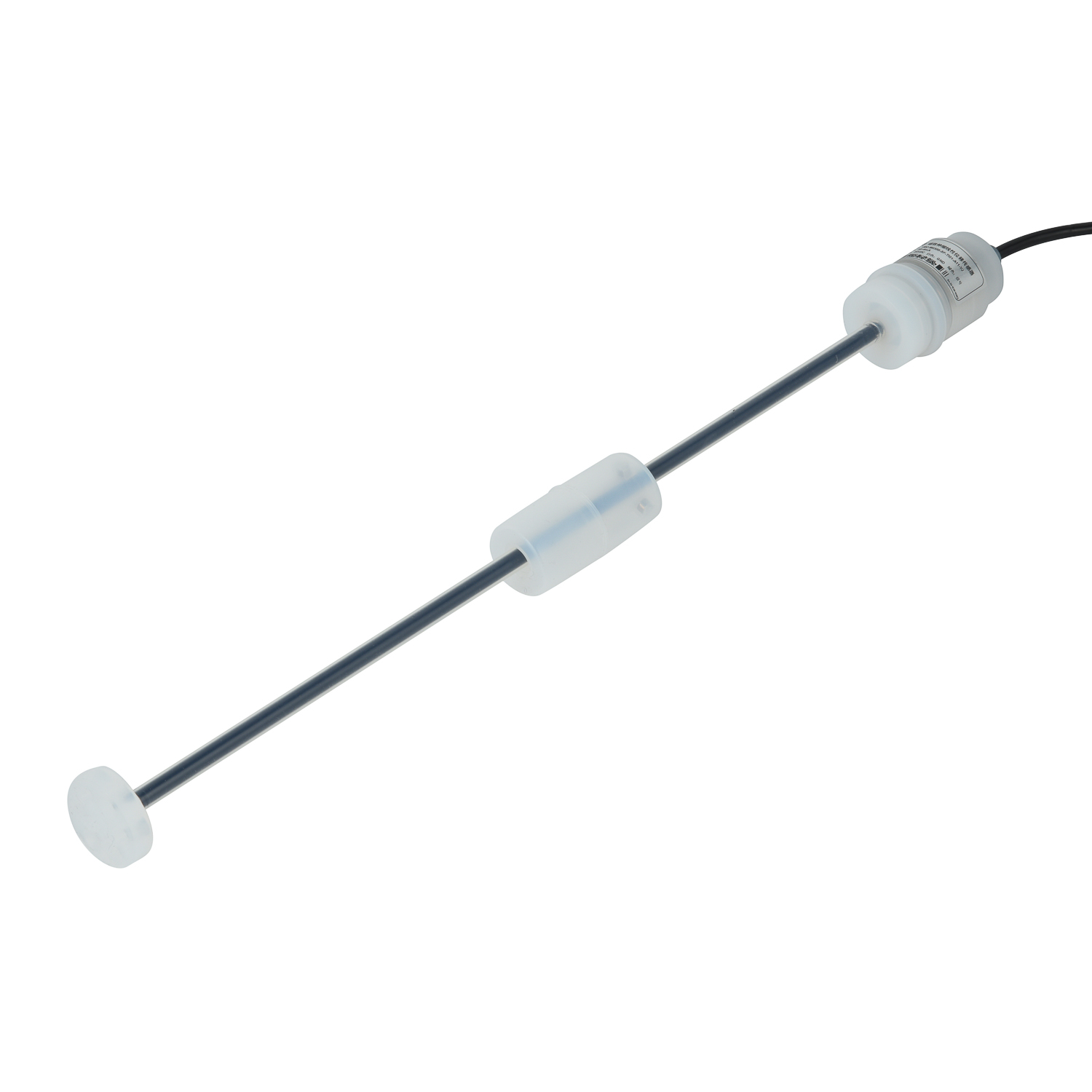WhatisaMagnetostrictiveLiquidLevelGauge?|HowItWorks&Benefits
Magnetostrictive liquid level gauges represent advanced technology for precise liquid level measurement across various industrial applications. These sophisticated instruments deliver exceptional accuracy in monitoring tank contents, making them indispensable in chemical processing, oil and gas, pharmaceutical manufacturing, and water treatment facilities. Their reliability and precision have established them as preferred solutions where exact liquid level data proves critical for process control and safety.
What is a Magnetostrictive Liquid Level Gauge?
A magnetostrictive liquid level gauge constitutes an electronic device designed to measure liquid levels with remarkable precision. This sophisticated instrumentation consists of several key components: a sensing rod constructed from magnetostrictive wire, a float containing permanent magnets that moves along the rod, and an electronic transmitter unit. The float assembly, which houses powerful magnets, rises and falls with the liquid level while remaining positioned around the sensing rod. These level measurement devices stand out for their ability to provide continuous, high-accuracy readings even in challenging industrial environments where temperature fluctuations, pressure variations, and corrosive media present significant measurement challenges.
How Magnetostrictive Level Measurement Technology Works
The operational principle of magnetostrictive level transducers relies on the interaction between magnetic fields and magnetostrictive materials. When the electronic transmitter sends a current pulse through the magnetostrictive wire, this generates a circular magnetic field along the entire length of the sensing rod. Simultaneously, the permanent magnet within the float creates its own magnetic field. When these two magnetic fields interact at the float's position, they produce a torsional stress wave that travels along the wire at ultrasonic speeds. The sophisticated electronics precisely measure the time interval between sending the current pulse and receiving the returning torsional wave. This time measurement, combined with the known velocity of the wave propagation, enables the system to calculate the exact position of the float with exceptional accuracy, typically within 0.05% of full scale.
Key Benefits of Magnetostrictive Liquid Level Sensors

Magnetostrictive liquid level instrumentation delivers numerous advantages that make these systems highly valuable across industrial applications. Their most significant benefit lies in the exceptional measurement accuracy they provide, ensuring reliable data for inventory management, process control, and safety systems. These devices maintain outstanding reliability with minimal maintenance requirements since they contain no moving parts that could wear out. The non-contact measurement principle eliminates mechanical wear entirely. Furthermore, magnetostrictive gauges demonstrate impressive versatility, capable of measuring various liquid types including corrosive chemicals, fuels, and food products. Their robust construction enables operation across wide temperature ranges from cryogenic conditions to high-temperature processes, while withstanding substantial pressure variations common in industrial environments. The digital output capability facilitates seamless integration with modern control systems and automated monitoring platforms.
Applications and Industry Implementation
Industries worldwide implement magnetostrictive level measurement technology across diverse applications where precision and reliability prove paramount. In chemical processing plants, these gauges accurately monitor reactant levels in storage tanks and process vessels. The oil and gas sector utilizes them for precise inventory management of hydrocarbons in storage terminals and refinery operations. Pharmaceutical manufacturers depend on their accuracy for batching processes where exact liquid quantities are crucial. Water and wastewater treatment facilities employ these sensors for chemical dosing control and tank level monitoring. These systems also find extensive use in marine applications for ballast tank monitoring and in food processing for ingredient level management. The technology's adaptability allows for customization to meet specific industry requirements, including hazardous area certifications, specialized materials of construction, and various output signal options.
 UpgradingYourLevelMeasurementS
UpgradingYourLevelMeasurementS
 Why are magnetostrictive level
Why are magnetostrictive level
 ComparingMagnetostrictiveandRa
ComparingMagnetostrictiveandRa
 MagnetostrictiveLevelSensorfor
MagnetostrictiveLevelSensorfor
